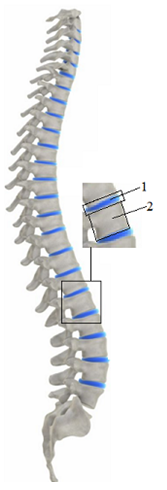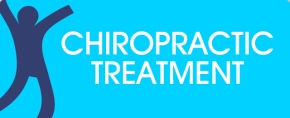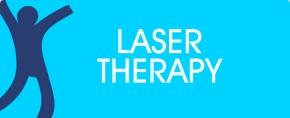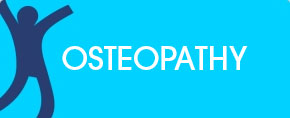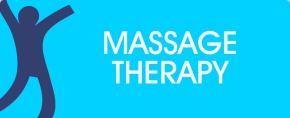 Tendinopathy What is it?
Tendinopathy What is it?
Written by Jakob van Vlijmen (chiropractor)
As we are all aware pain can be a debilitating thing to live with and manage. In past months I typed some overviews on understanding sciatica, Carpal tunnel syndrome and osteoporose to name a few. Today we’ll be covering something al little more tricky to manage. Tendon irritation and pain, often known as either Tendinopathy, tendonitis, or tendinosis (these terms differentiate the pathophysiological mechanism of the injury – we won’t go into that today).
Tendons are the tough fibers that connect muscle to bone. For example, the achilles tendon connects the calf muscle (gastrocnemius) to the heel bone. Most tendon injuries occur near joints, such as the shoulder, elbow, knee, and ankle.
Most tendon injuries are the result of gradual wear and tear to the tendon from overuse or aging. Anyone can have a tendon injury. But people who make the same motions over and over in their jobs, sports, or daily activities are more likely to damage a tendon. A tendon injury can happen suddenly or little by little. You are more likely to have a sudden injury if the tendon has been weakened over time – this may be related to previous traumas, injuries, or surgeries (which may have not been managed as well as they should/could have in the past -we all have those little gremlins in the closet unfortunately – me included!).
Symptoms of tendinopathy can include:
- Pain, tenderness, redness, warmth, and/or swelling near the injured tendon. Pain may increase with activity. Insertional tendon pain may affect the local area where the injured tendon is, or can radiate out from the joint area along the associated muscle’s distribution.
- Crepitus, or a crunchy sound or feeling when the tendon is used. This can be uncomfortable or painful.
- Pain and stiffness that may be worse during the night or when getting up in the morning.
- Stiffness in the joint near the affected area. Movement or mild exercise of the joint usually reduces the stiffness. But a tendon injury typically gets worse if the affected tendon is not allowed to rest and heal. Too much movement may make existing symptoms worse or bring the pain and stiffness back.
As mentioned above, The joint areas most commonly affected by tendinopathy are the shoulders (rotator cuff), elbow (and forearm/wrist), hips (gluteals), knees (knee cap), and ankles (achilles).
More chronic tendinopathies can be caused by inflammation around calcium crystals in or around the tendon (calcific tendinitis). The cause of the deposits often isn’t known. These crystal deposits can be quite painful, and a little more difficult to manage.
Tendinopathy pain may be similar to those of inflammation of the bursa (bursitis) and are often diagnosed concurrently because of the proximity and function/role of both structures
Diagnosis, Treatment and Management Considerations.
Early diagnosis and treatment of a tendinopathy is important for recovery times as the turn around for an acute tendinopathy to progress to a more degenerative chronic tendon injury can be as rapid as 6 weeks. Often orthopaedic assessment and provocation testing is necessary to identify the problem. Though if the injury is more complicated (obviously depending on the location and mode of injury) further assessment may need to be made, or if the problem is not responding to conservative treatment. Often xrays, ultrasounds and occasionally MRI is the most commonly used imaging tools for assessment and diagnosis.
Initially the focus on an acute tendinopathy is primarily based on reducing load on the tendon, stabilising the pain and protecting the area. Often topical applications of ice/heat and taping methods can be utilised, as well as the use of antinflammatory medications. In more severe cases the administration of a guided cortisone injection may also need to be considered. This can only be referred by your GP and performed by specialist medical practitioner.
Understanding the mechanism of injury can go along way towards recovery from a tendon injury. The tendon is the primary structure that deals with the load and force to move a joint (via muscle contraction) the primary focus of exercise based solutions for tendinopathies has to be based on reintroducing load onto a tendon gradually – thereby strengthening the tendon to adapt with load. Studies support the use of isometric exercise initially. (Isometric being defined as a contraction of any muscle without a change in the length of the muscle – thus performing isometric contraction of a muscle over a progressively increasing period of time allows the tendon to strengthen over time.)
Other more dynamic loading of the tendon can occur once clinical markers have been reached during treatment. These include less pain, improved strength and functional capabilities in more everyday tasks depending on the location of the tendon injury.
Do you have unusual pain in the shoulder, knee, hips ankles that seem to worsen with trivial tasks then assessment and diagnosis is always the first step. Problems such as these can lead to more sinister and traumatic problems which we would hiope to avoid. These could be anything from chronic disability, tendon ruptures, and Adhesive Capsulitis (frozen shoulder) which can take anywhere from months to years to improve. Please contact the team at Southcoast chiropractic and we’ll help you find a plan forward for problems such as these.
